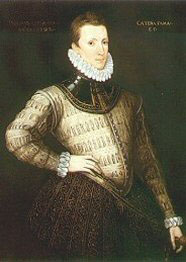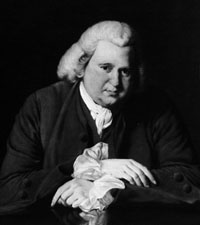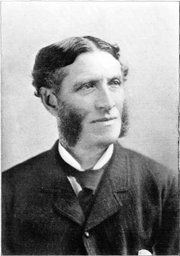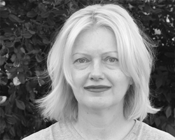 |
In a treatise on Poetics, Aristotle held that poetry is the synthesis
of history and philosophy, combining concrete particulars with universal truths.
This notion of �concrete particulars� was taken up in 1595 by Sir Phillip Sidney
who, living in the Renaissance, argued in An Apology for Poetry that
poetry prepares the mind to receive learning. As part of the neoclassist
tradition, Sidney considered poetry useful to society because it can both teach
and please.
|
| |
|
 |
Erasmus Darwin (1731-1802), the grandfather of Charles Darwin, was a
physician, inventor, and the leading poet of his day. In 1789, he interspersed
three prose Interludes, totaling 31 pages, into his poem The Loves of the
Plants. These essays discussed the differences and links between prose,
poetry, drama, tragedy, painting, and music. In 1792, he published a poem The
Botanic Garden with about 80,000 lines of notes. While the poem was about
the birth of the universe and our world, the notes mostly concerned the
�sciences of the Earth� � vegetation, geology, and the atmosphere. The notes
included at least two figures, one showing a cross section of the Earth, another
a model of the atmosphere. Darwin was read widely, for example influencing
Coleridge in The Ancient Mariner and Percy Shelley in
Prometheus Unbound and Queen Mab. This latter poem also included
extensive notes on vegetarianism, republicanism, atheism, and Darwin�s
materialist psychology. |
| |
|
 |
Edward Reed says that �poetry seems to us an unlikely place to find a theory
of life or experience worked out.� But at that time, our publishing traditions
did not exist. It wasn�t until the 1830�s that science was actually defined as a
field and then even later, accepted and expanded. In 1882, Matthew Arnold
lectured on �Literature and Science�, insisting that training in the natural
sciences could produce a specialist but not an �educated� man. One needed to
study literature to be educated. |
| |
|
 |
By 1959, the mutual suspicion and incomprehension was complete, leading C. P.
Snow to argue that there were two cultures, the literary intellectuals and the
natural scientist. A successful novelist and scientific researcher, Snow argued
that we had lost a common culture, that people could �no longer communicate with
each other on the plane of their intellectual concern.� He remarked how bizarre
that �very little of twentieth-century science has been assimilated into
twentieth-century art.� Since a culture is a set of assumptions, a common
vocabulary, and methods, unless one is studied in the field, it is
incomprehensible. Non-scientists are tone deaf to science. For example, Snow
went around asking people if they knew the Second Law of Thermodynamics and got
blank stares. Since Snow�s time, there has been a continual sprouting of
sub-disciplines with rigid divisions leading to lack of mutual comprehension and
feelings of superiority. |
| |
|
|
|
In the introduction to The Two Cultures, Stefan Collini suggests that
an intellectual bilingualism is needed. We must have the capacity to use and
manipulate the language of our own specialization but also to be able �to attend
to, learn from, and eventually contribute to wider cultural conversations.�
Already artists are probing science, as in the In the Mind�s Sky exhibit
at Scripps College. For example, artist Susan Rankaitis and neuroscientist David
Somers have created �Brainscapes: Codes of Indeterminacy in Science and Art,�
a series of multi-layered photographs conceptualizing the visual domain of
the brain. In addition, Stephen Jay Gould as scientist and writer contributes to
cross-disciplinary dialogues. Contextual poetry will hopefully become the method
for poets to join this wider cultural conversation. |
| |
|
| |
References
- Adams, Hazard. Critical Theory Since Plato, New York: HBJ, 1992.
- King-Hele, Desmond. Erasmus Darwin, A Life of Unequalled Achievement,
London: Giles de la Mare Publishers, 1999.
- Gould, Stephen Jay.
- MacNaughton, Mary. In the Mind�s Sky: Intersection of Art and Science,
Williamson Gallery, Scripps College, 2000
- Reed, Edward S. From Soul to Mind, New Haven: Yale University
Press, 1997.
- Reiman, Donald H. and Powers, Sharon B. Shelley�s Poetry and Prose,
New York: W.W. Norton and Company, 1977.
- Snow, C. P. The Two Cultures, Cambridge: Cambridge University
Press, 1998.
|
| |
|




6.jpg)
